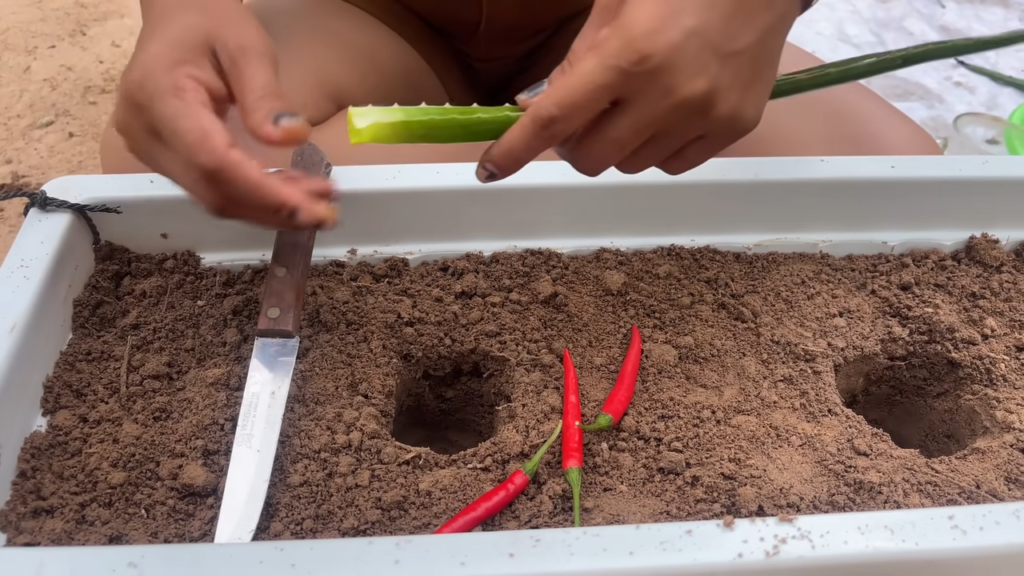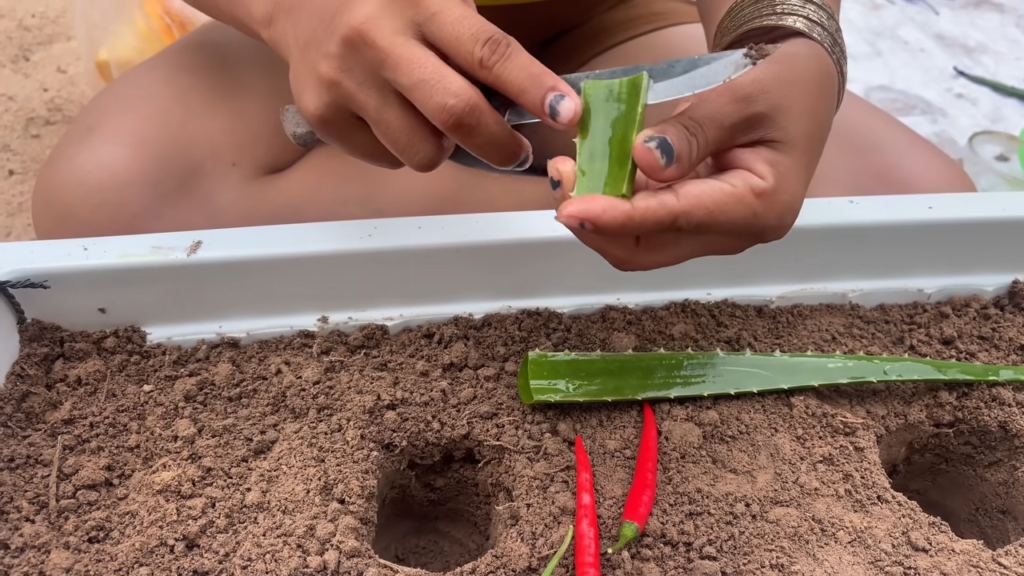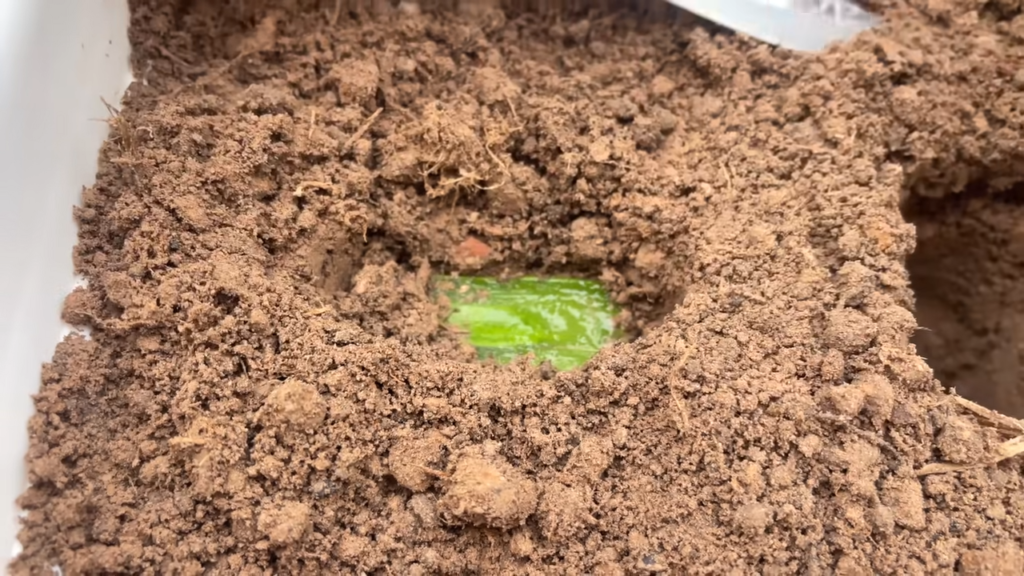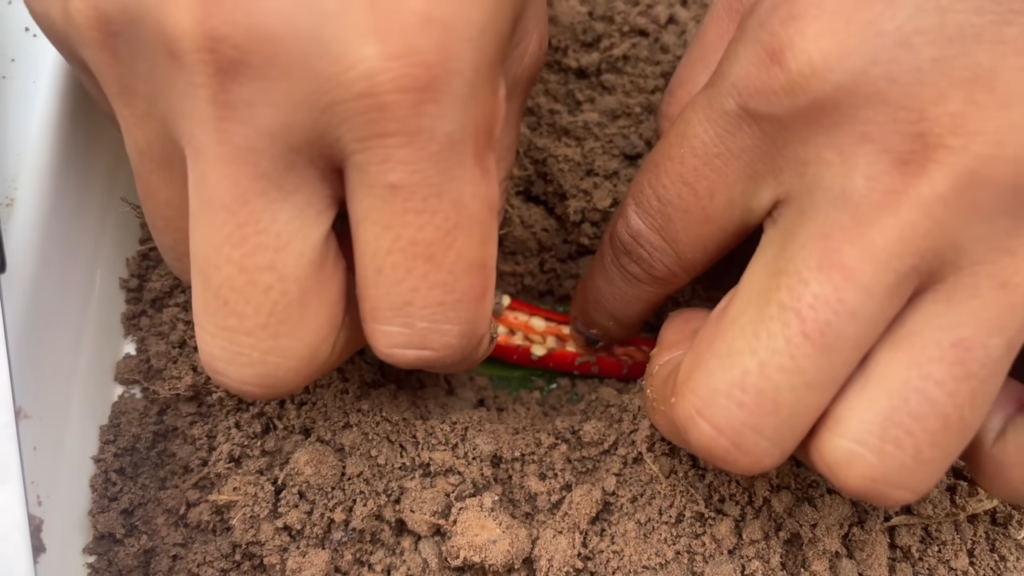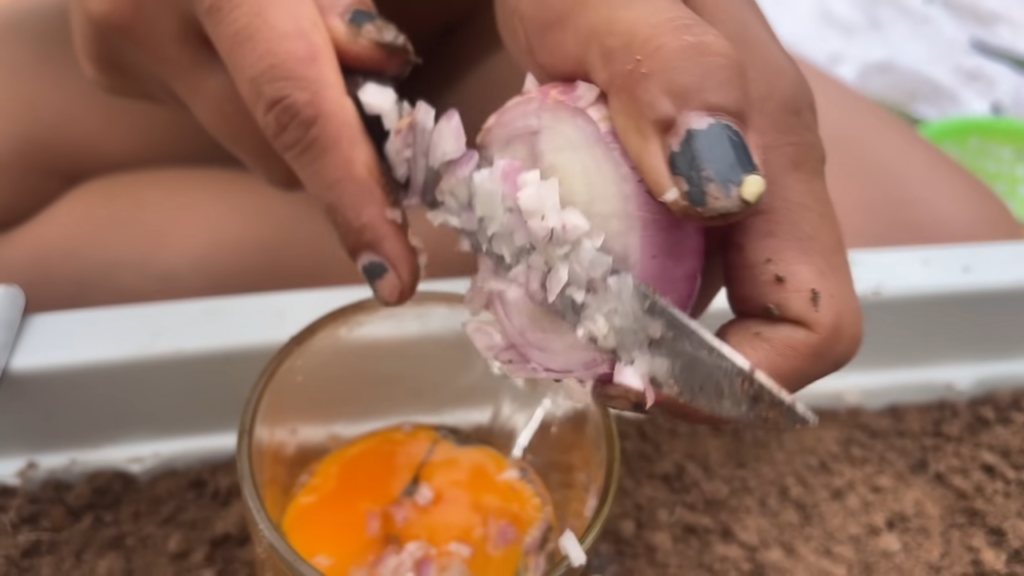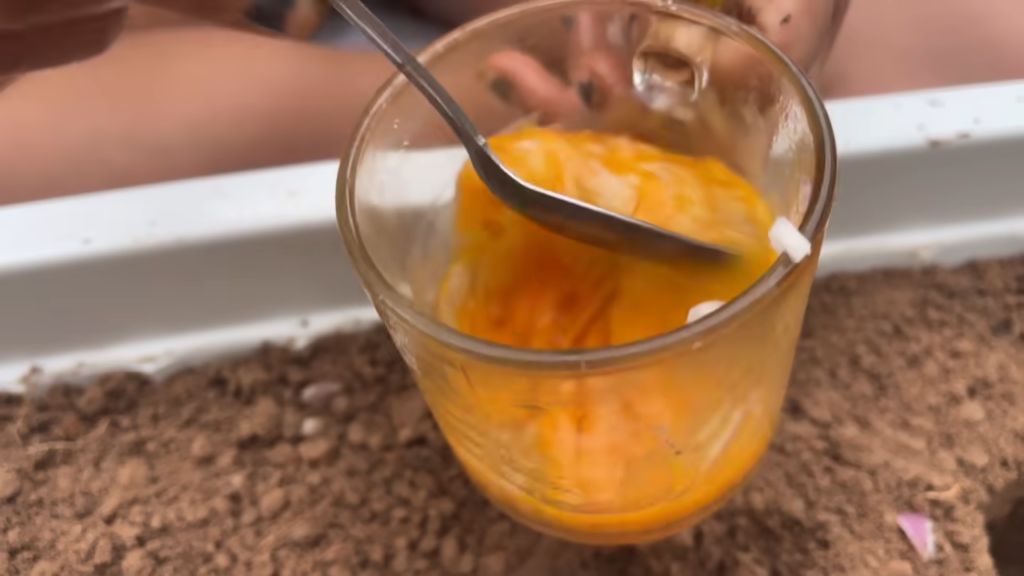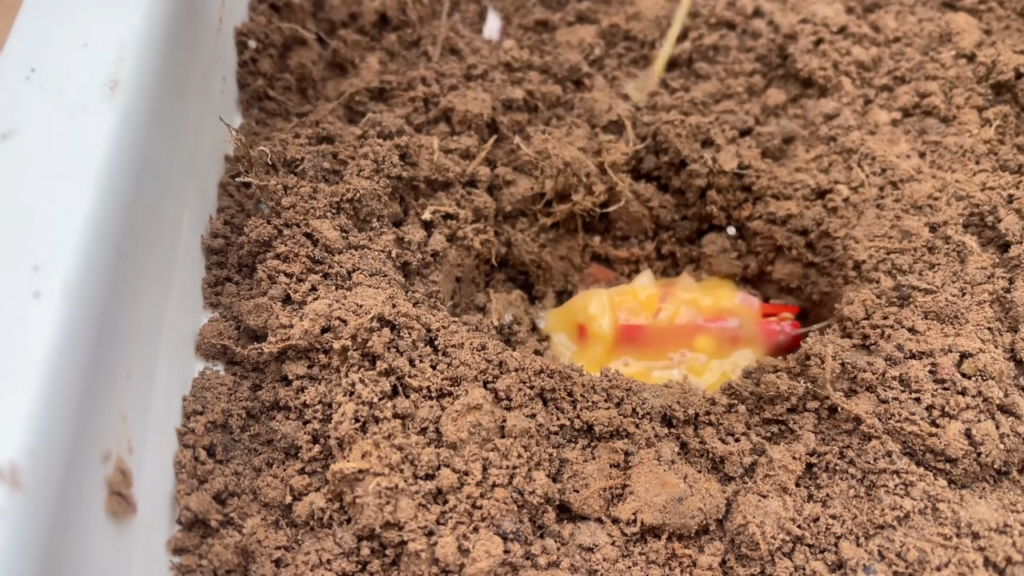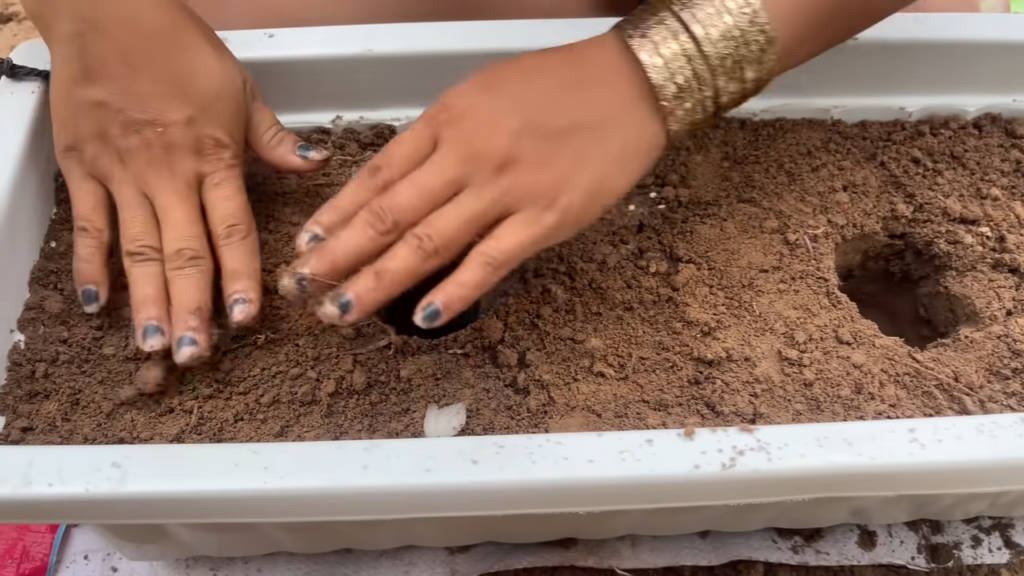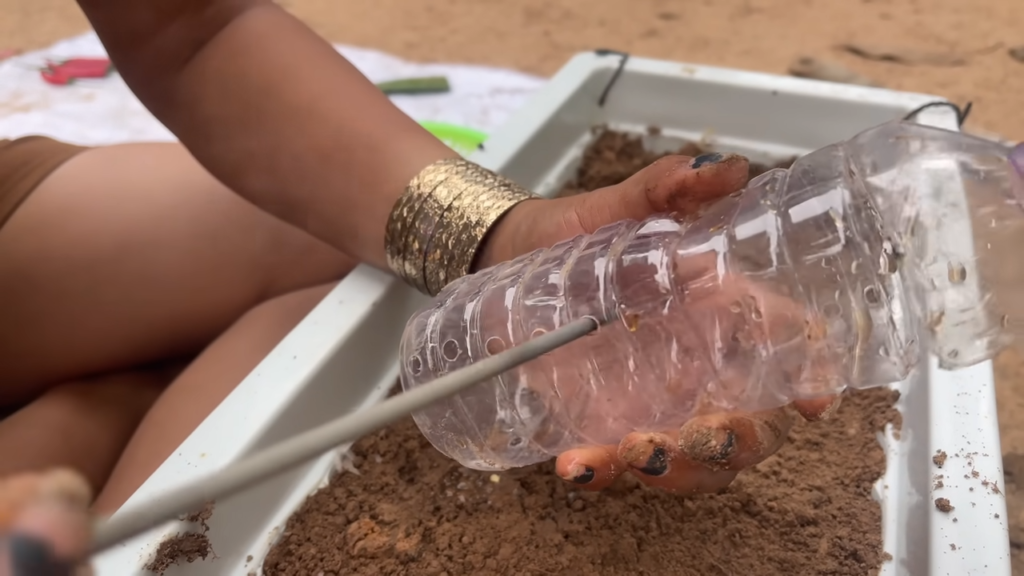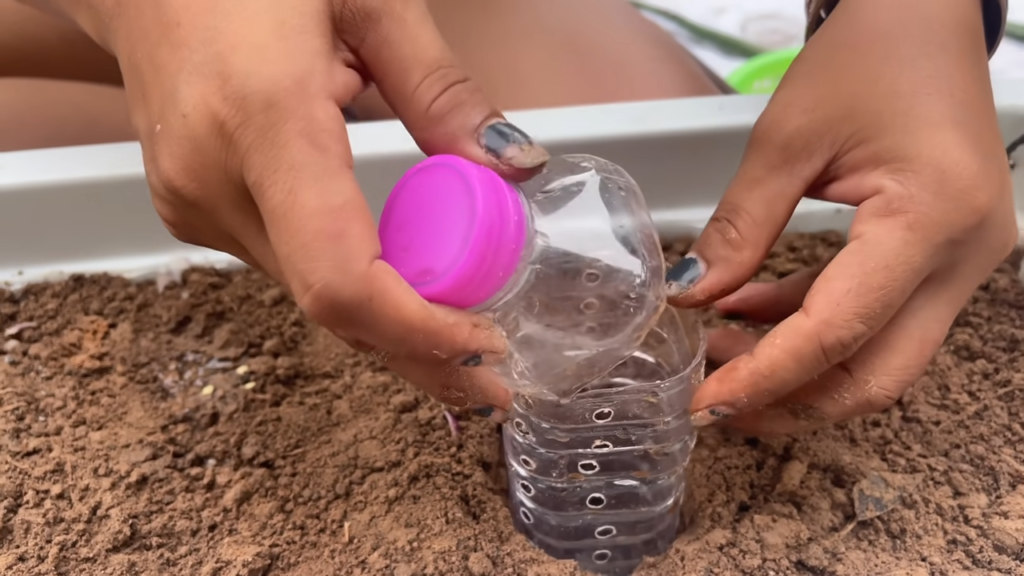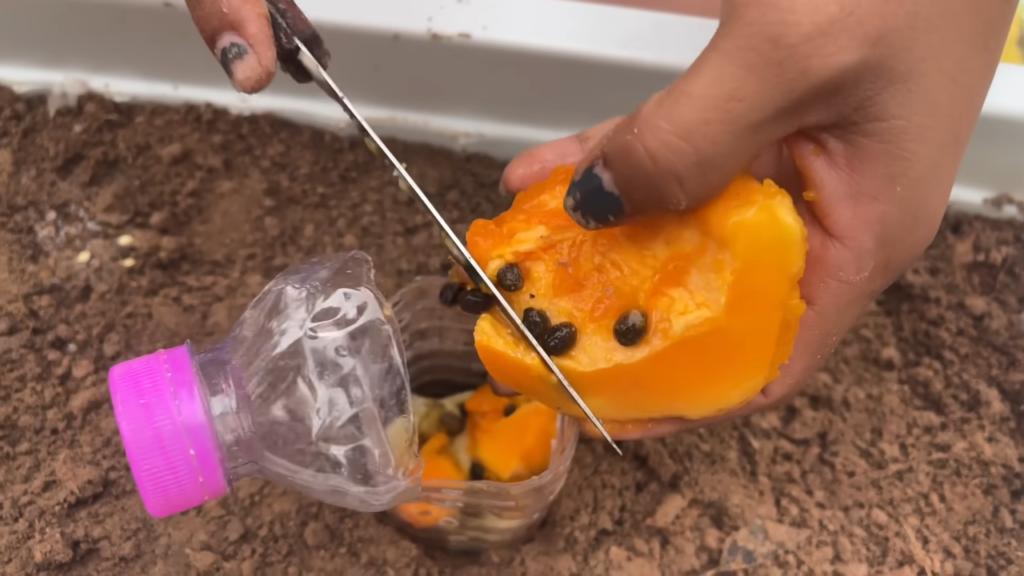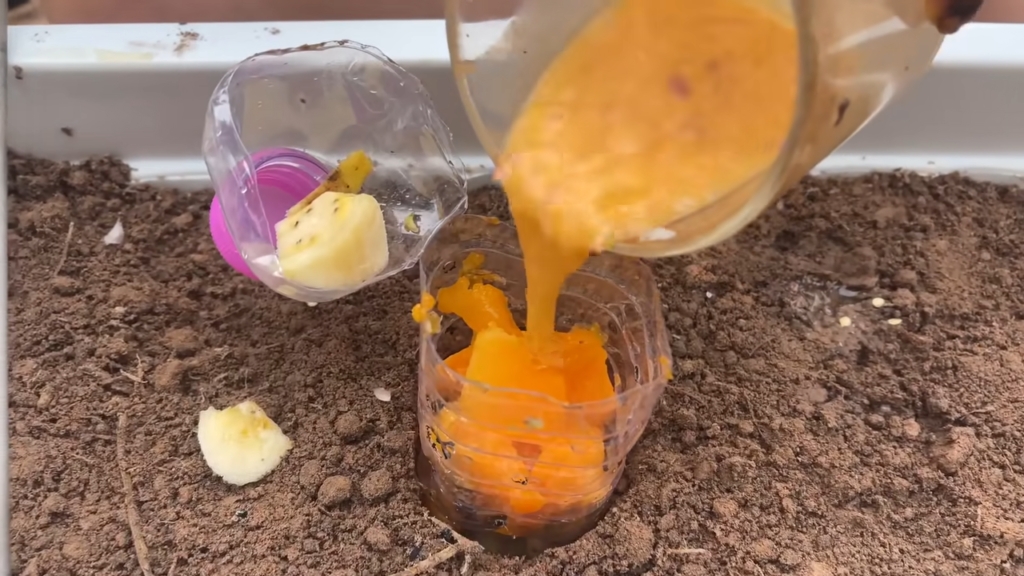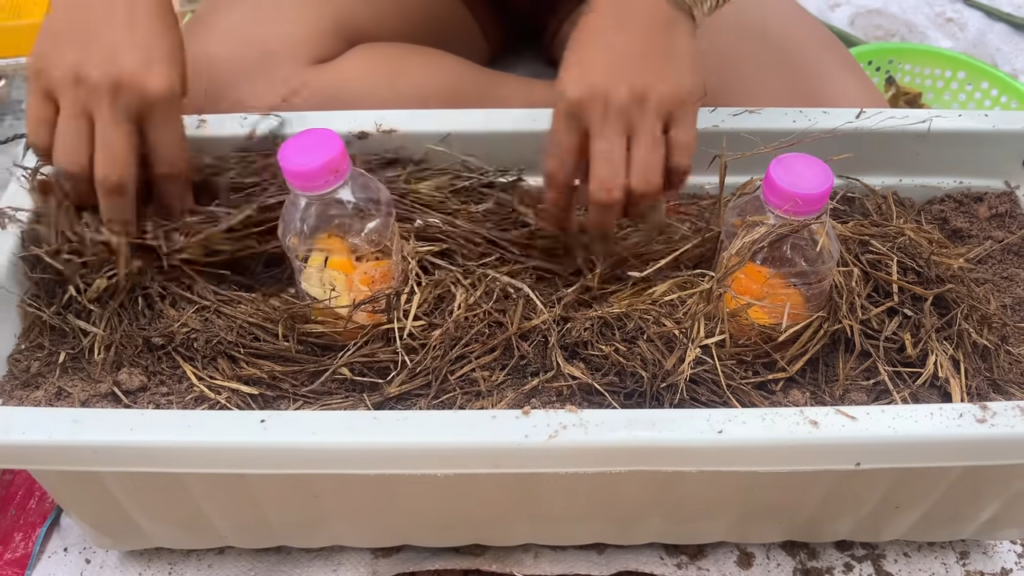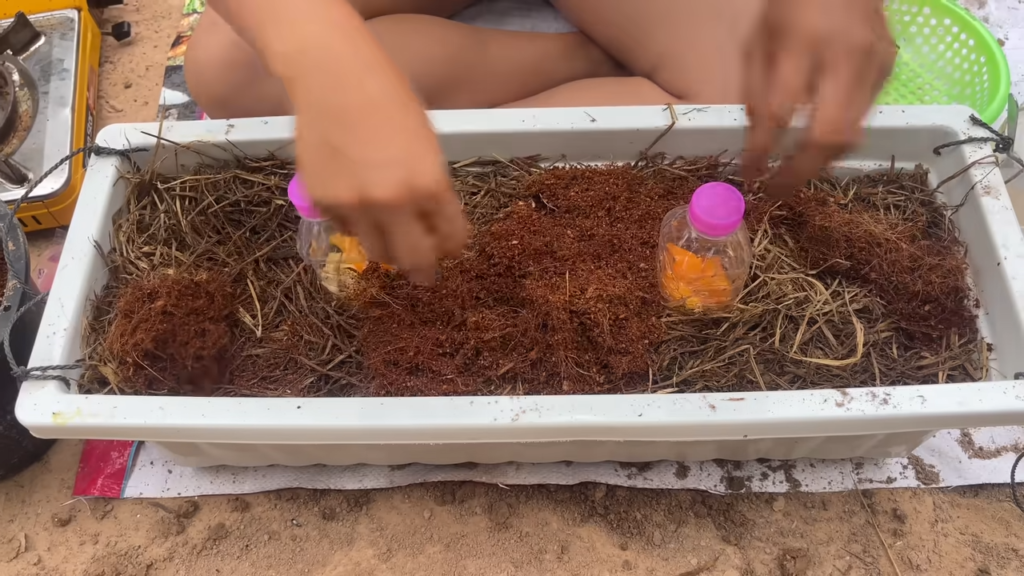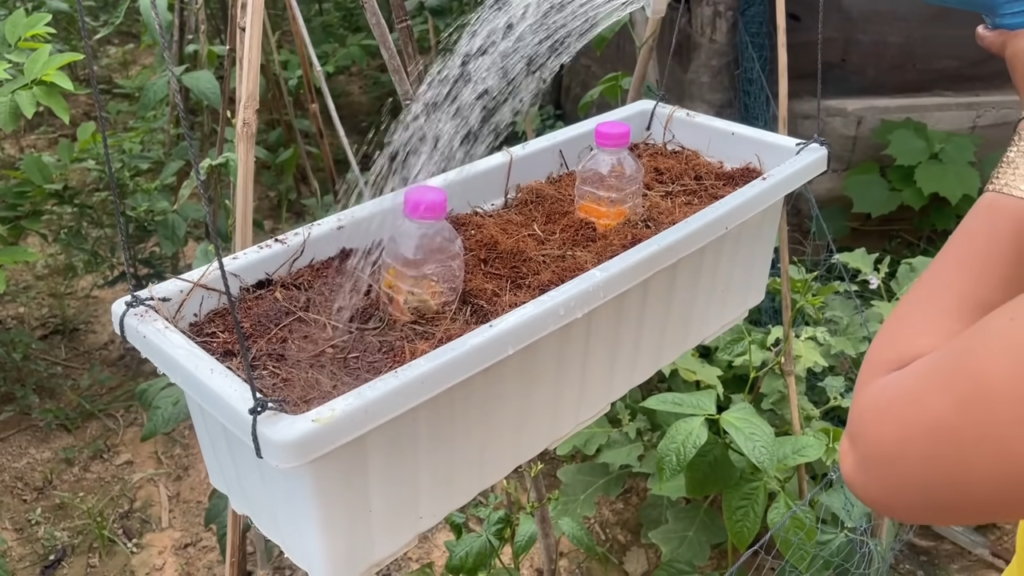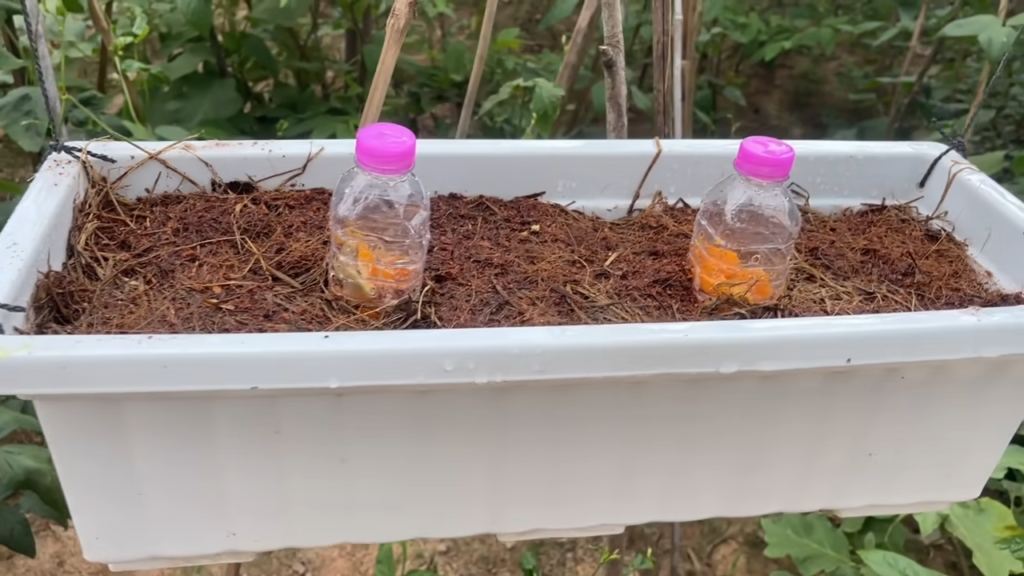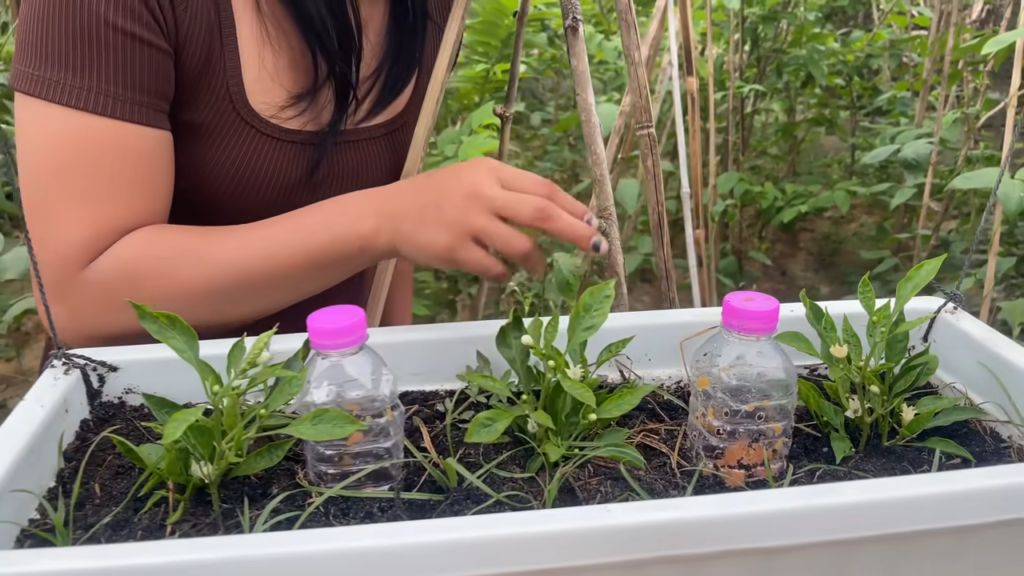Synergistic Pepper Tree Cultivation with Banana and Papaya Trees, and Baby Chickens
Are you ready to take your pepper tree cultivation to the next level? Imagine a thriving garden ecosystem where pepper trees flourish alongside banana and papaya trees, all while benefiting from the presence of adorable baby chickens. In this innovative approach, we’ll explore how combining these elements can accelerate pepper tree growth, enhance fruit yield, and create a harmonious environment conducive to sustainable gardening practices.
- Companion Planting: Integrate pepper trees into a diverse garden ecosystem alongside banana and papaya trees. The symbiotic relationships between these plants can enhance soil fertility, improve nutrient uptake, and create microclimates that favor optimal growth conditions for all species.
- Beneficial Microorganisms: Encourage the proliferation of beneficial microorganisms in the soil by incorporating organic matter, such as compost and mulch, around the base of pepper, banana, and papaya trees. Healthy soil biology promotes nutrient cycling, enhances soil structure, and boosts plant immunity, leading to faster growth and higher fruit yields.
- Natural Pest Control: Introduce baby chickens into the garden to serve as natural pest controllers. Chickens forage for insects, larvae, and weeds, reducing pest pressure on pepper, banana, and papaya trees while providing valuable fertilizer through their droppings. This eco-friendly approach minimizes the need for chemical pesticides and fosters a balanced ecosystem.
- Dynamic Nutrient Cycling: Utilize the natural behaviors of baby chickens to enhance nutrient cycling within the garden ecosystem. Allow chickens to freely roam the garden, where they can scratch, peck, and fertilize the soil, redistributing nutrients and promoting soil health. The nitrogen-rich manure produced by chickens serves as a valuable source of organic fertilizer for pepper, banana, and papaya trees.
- Complementary Growth Patterns: Take advantage of the diverse growth habits of pepper, banana, and papaya trees to optimize space utilization and sunlight exposure. Plant pepper trees beneath the canopy of taller banana and papaya trees, where they can thrive in partial shade while benefiting from the nutrient-rich leaf litter and microclimate created by the larger trees.
- Harvest Diversity: Enjoy a diverse and abundant harvest from your garden ecosystem, including spicy peppers, sweet bananas, and juicy papayas. By strategically timing plantings and staggered harvesting, you can ensure a continuous supply of fresh produce throughout the growing season, maximizing the productivity of your garden.
- Regenerative Practices: Embrace regenerative gardening practices that prioritize soil health, biodiversity, and resilience. Rotate crops, practice minimal tillage, and incorporate cover crops to improve soil structure and fertility over time. By nurturing a thriving ecosystem, you can create a self-sustaining garden that provides an abundance of food while promoting environmental stewardship.
Incorporate these innovative techniques into your pepper tree cultivation practices, and embark on a journey towards creating a vibrant and sustainable garden ecosystem. By harnessing the power of synergy between pepper, banana, and papaya trees, along with the playful presence of baby chickens, you can cultivate a garden that not only yields an abundance of delicious fruits but also nurtures the health of the land and the joy of gardening.
